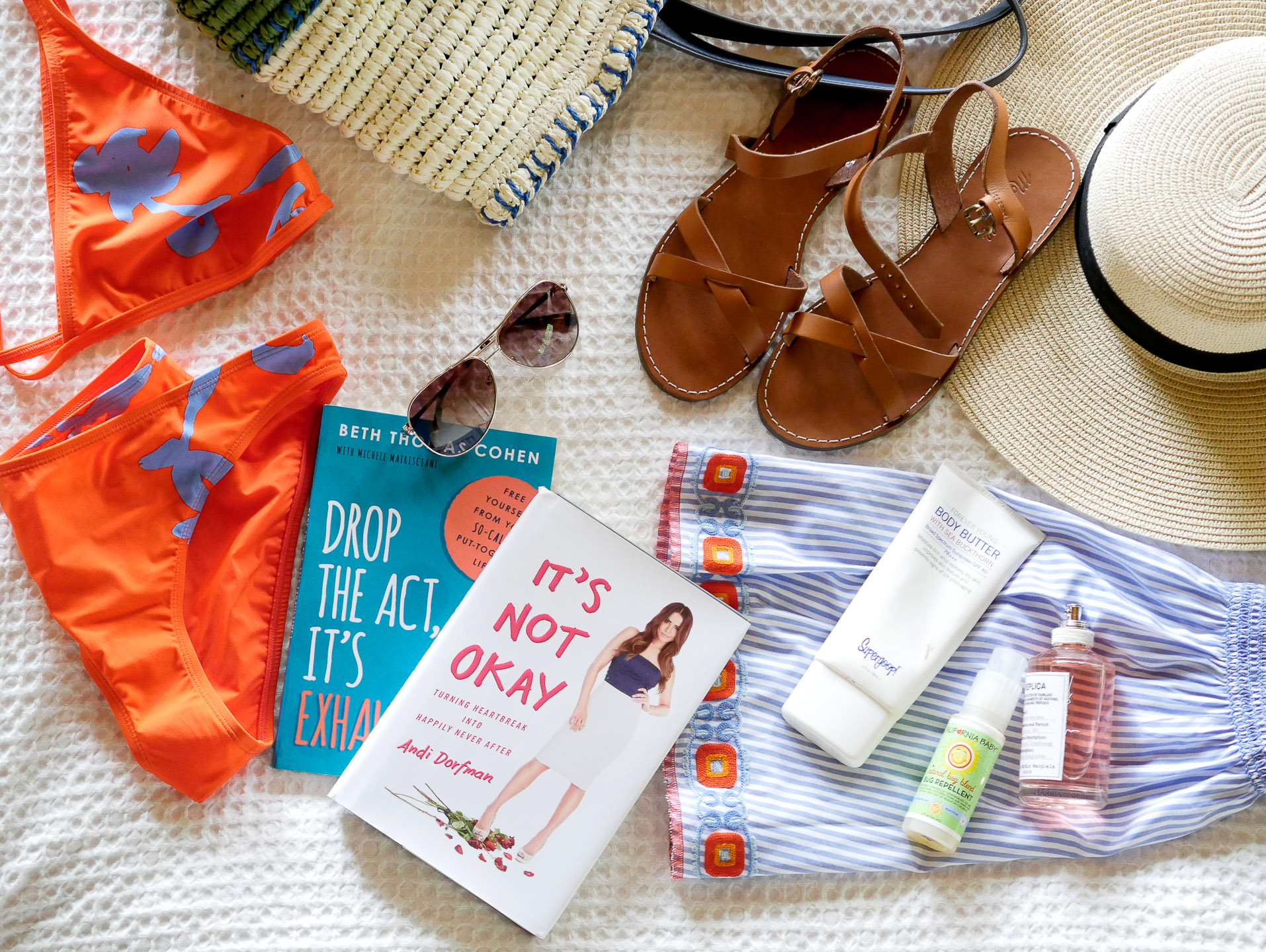Topic: What to pack on your babymoon
If you’ve just booked your ‘babymoon’ (ie the last holiday you take before the baby arrives), you probably have high expectations. More so than your average holiday, the babymoon is under pressure to deliver – after all, this might be your last child-free break in quite some time.
It stands to reason then, that you’ll want to be super organised about what you bring along. There can be few situations more annoying than arriving at your destination, tired and frazzled after a long journey, only to realise you’ve forgotten something important.
It’s advisable to jot down a list covering what you’re likely to need. Since some of the essentials require a bit of forward planning (eg, insurance documents, letters from your doctor), you’ll want to make a start on this well ahead of time.
Insect repellant and sunscreen
For the most part, these items won’t be too far removed from what you’d ordinarily bring on holiday. Think travel-sized toiletries, passport, camera and guidebook. (Not to mention as many beach novels as you can cram into your suitcase – early parenthood is notoriously not the best time to read.)
While these are all very standard travel essentials, some of them acquire an extra importance during pregnancy.
“We say to always make sure you take a safe insect repellant, because there are places with malarial mosquitoes and so on, even in Europe,” says Elizabeth Duff, senior policy advisor at NCT. “And it’s generally good advice anyway, but make sure your sunscreen is a high factor because skin can be more susceptible to burning during pregnancy.”
Regarding the malarial mosquitoes, pregnant women are actually more susceptible than their travel partners to being bitten. In one study, pregnant women attracted twice as many mosquitoes as their non-pregnant counterparts, likely due to increased body heat and volatile compounds released from the skin surface.
The sunscreen recommendation is crucial too. During pregnancy, your skin becomes drier and more sensitive, meaning that as well as sunburn, you are at greater risk of melasma, a darkening of the skin. Ideally pick a mineral-based sunscreen that contains no oxybenzone – some studies have linked chemicals of this kind with low birth weight in female infants.
Sensible clothes
Loose, light clothing is also critically important. Since pregnant women are more prone to temperature fluctuations, it’s best to layer up.
“Remember if you’re going away for two or three weeks, you are going to be quite a bit bigger by the end of the trip if you’re at that stage of pregnancy,” points out Duff. “Clothing is probably harder if you’re going to a colder country, so it needs a bit of thinking through.”
You should also bring comfortable, easy-to-remove shoes, as your feet may swell in hot weather or during travelling. And if you’re going to be flying long haul, you may want to look into compression stockings to improve your circulation and decrease the risk of deep vein thrombosis.
Snack selection
You might also want to bring a selection of snacks, both for the journey itself and for your actual stay. If there’s a particular snack you like, it’s worth keeping in mind that it may not be available at your destination. On a similar note, if you have particular nutritional requirements it’s best to think about these ahead of time.
“You could bring dried fruit or something like that, because you might find you’re going somewhere either fruit isn’t easily available or could have been washed in unsafe water,” says Duff. “Pregnant women can get a bit hungry at odd times, so if you’ve had jetlag you might wake up at times when a meal isn’t on offer, feeling ravenous. Perhaps take some biscuits or crackers to safely assuage the hunger pangs.”
Along with all your other essential documentation, you could include a list of foods to avoid abroad (this may differ from the foods you need to avoid at home) and keep it somewhere readily accessible.
Topic Discussed: What to pack on your babymoon
